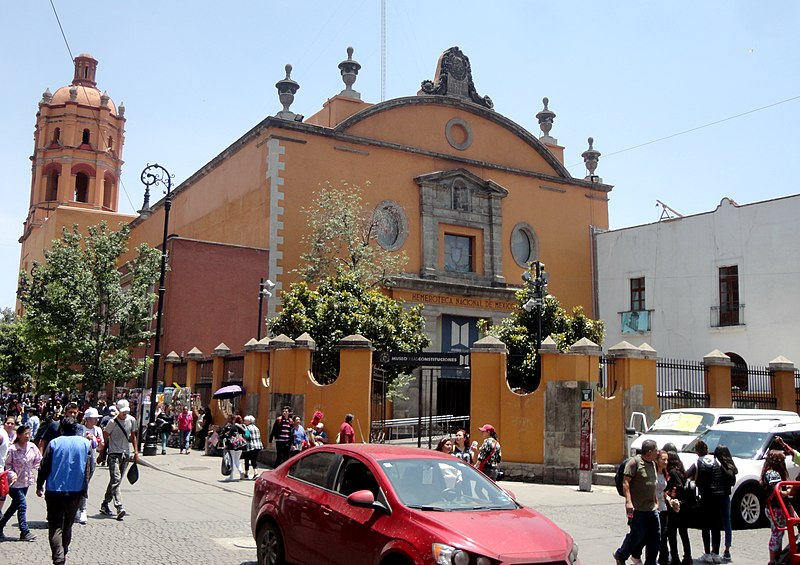
Photo: Juan Carlos Fonseca Mata on Wikimedia Commons
Simply extraordinary, the Museum of the Constitutions is at home in the former church and temple of the Saints Peter and Paul. Run by the national university (UNAM), it’s a museum dedicated to the long process of establishing and holding onto a constitutional government system in Mexico.
For international visitors, that can sound like a lot of legal jargon. But the setting is so uplifting, and the complex is so enormous, that it makes any trip enlightening. The nearby school of the same saints now houses the Museum of Light. Many visitors will combine visits to both places.
The Colegio de San Pedro y San Pablo was founded by Jesuits in 1574. Originally the Colegio Máximo de San Pedro y San Pablo, the “Máximo” referred to its role training priests. Workers began laying the stones in 1576. A Jesuit architect named Diego Lopez de Arbaizo built the church between 1576 and 1603. The rest of the complex was finished by 1645. This museum is entirely within the church building. It’s been put to numerous other uses over its many years.
Of the three stained glass window pieces, two were designed by Roberto Montenegro. The Parakeet Seller, La Vendedora de Pericos and the Jarabe Dance of Guadalajara, El Jarabe Tapatio, are much beloved. A third shows the seal of the old University.
The church facade is in Baroque and Neoclassical styles with the portal that is flanked by two pairs of Doric pilasters. The niche above holds a statue of Athena. The church is in the form of a Latin cross, with buttresses on the inside.
By the mid-18th century, the College had some 800 students enrolled, many of them training for purely secular careers. The Jesuits were expelled from Mexico in 1767, though, and the college closed down completely. The Jesuits were only able to return in 1816, at the height of the War for Independence. The complex was basically in ruins.
When Mexican Independence was finally won in 1821, the church building was used for meetings of the Constitutional Congress. They finished up a first Federal Constitution of Mexico in 1824. And the swearing in of the first president took place here too.
The church was then used as a Catholic church from 1832 to 1850 and was then used as a library. Through the end of the 19th century, it hosted a tremendous number of other occupants. Finally it re-opened as the “Hall of Discussion” in 1927. The Secretary of Education, José Vasconcelos took great liberties in remodeling and renovating. Early modern murals by artists such as Xavier Guerrero and Roberto Montenegro were added at this time.
Roberto Montenegro’s mural, The Tree of Life, often called the Tree of Science, remains. It’s widely considered the first mural painted in modern Mexico. Restored in 2010, it was the centerpiece of the opening of the new Museum of the Constitutions of Mexico.
Later, it became fully integrated into UNAM who put the complex to a variety of uses. In 1944, it became the National Periodical Archive (Hemeroteca Nacional), which it remained until 1979. The Museum of Light was originally in this building but moved in time for this building’s use as the Museum of the Constitutions.
The nine thematic areas of the museum explain the Criollo movement from 1808 through to the Constitution of 1917. A permanent exhibition reveals the social and political contexts for each of the documents.
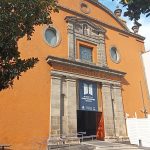 The first Jesuit institution in the Viceroyal capital came to be with important help from Alonso de Villaseca. It was the largest Jesuit educational building in the city. Over time, it became the most specialized and modern of Jesuit schools. It completed the formation of Jesuit novices and taught in indigenous languages with a generous endowment for its own maintenance. The temple eventually became one of the richest and most luxurious of New Spain, but nothing remained of it after the expulsion of the Jesuits in 1767.
The temple later served as a debate hall for the first Mexican Constitutional Congress. It thus became the site of the promulgation of the first constitution. Later, the facilities were used as a national newspaper library and science museum. Today it preserves one of the first works of Mexican muralism, the murals, sculptures, tiles and stained glass windows of a team headed by Roberto Montenegro and made between 1922 and 1930.
The first Jesuit institution in the Viceroyal capital came to be with important help from Alonso de Villaseca. It was the largest Jesuit educational building in the city. Over time, it became the most specialized and modern of Jesuit schools. It completed the formation of Jesuit novices and taught in indigenous languages with a generous endowment for its own maintenance. The temple eventually became one of the richest and most luxurious of New Spain, but nothing remained of it after the expulsion of the Jesuits in 1767.
The temple later served as a debate hall for the first Mexican Constitutional Congress. It thus became the site of the promulgation of the first constitution. Later, the facilities were used as a national newspaper library and science museum. Today it preserves one of the first works of Mexican muralism, the murals, sculptures, tiles and stained glass windows of a team headed by Roberto Montenegro and made between 1922 and 1930.
Heart of México Walking Route: Loreto-San Ildefonso Route
< < Mercado AbelardoL. Rodríguez | Colegio de San Ildefonso > >
Proyecto “Corredor de Cultura Digital”.
Nombre de la investigación: Investigación Centro Histórico, Monumentos, Edificios y Puntos de Interés (2023)
Dirección de investigación y diseño de Rutas: Acércate al Centro A.C. Guadalupe Gómez Collada
Coordinación e investigación histórica: Fideicomiso del Centro histórico Dir. Maestra Loredana Montes
 museoconstituciones@gmail.com
museoconstituciones@gmail.com
 +52 (55) 5702 9815
+52 (55) 5702 9815
 http://museodelasconstituciones.unam.mx/nuevaweb/
http://museodelasconstituciones.unam.mx/nuevaweb/
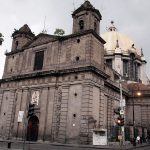
Nearest at 0.06 kms.
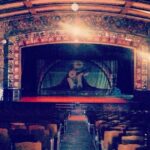
Nearest at 0.07 kms.
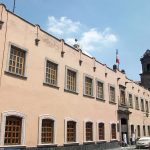
Nearest at 0.11 kms.

Mexico City's historic and first-recognized Jewish temple . . .

A modern graphic collection in an outstanding Baroque palace from the 18th century.
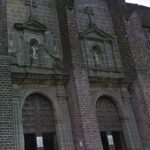
A striking Baroque work by Pedro de Arrieta stands the test of time.
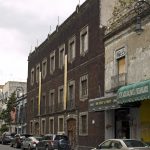
One of Mexico City's earliest temples is today a cultural center and museum.

One of the most striking Neoclassical churches in the city center, the Church of Nuestra Señora de Loreto is also one of the most crooked.